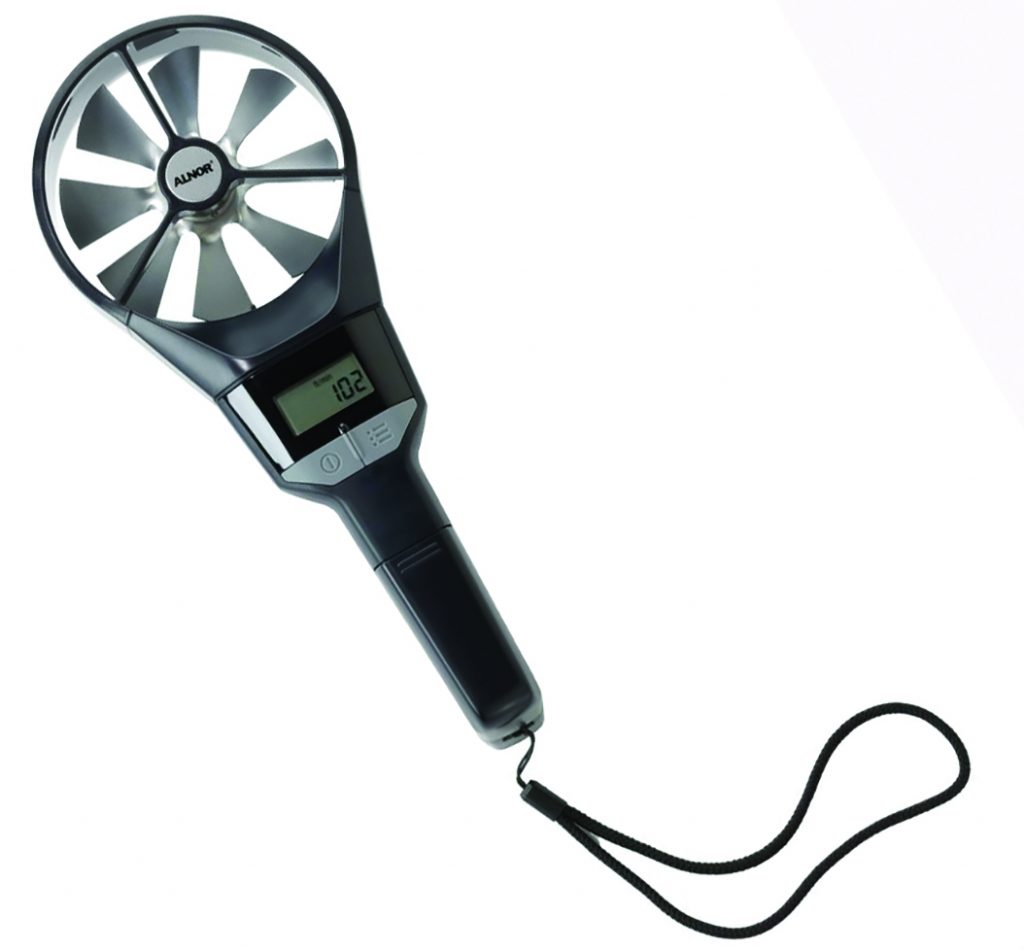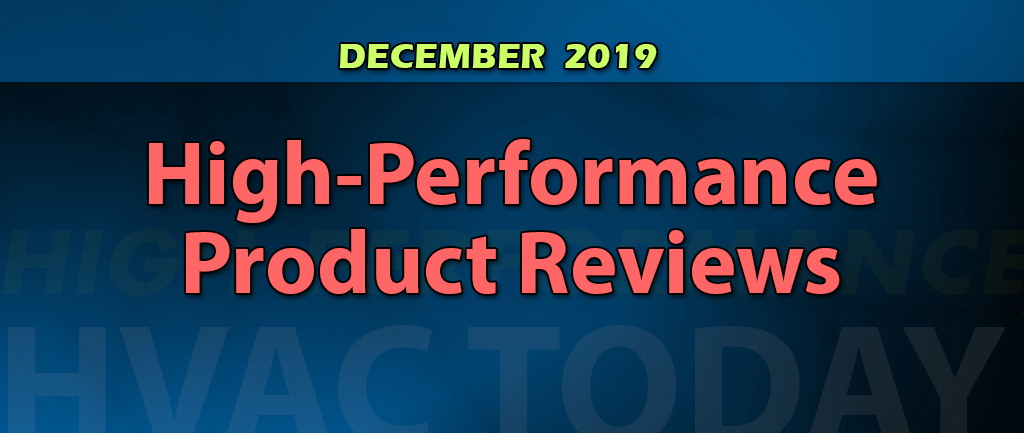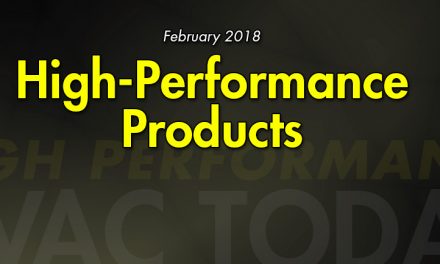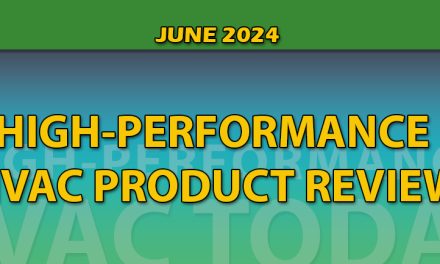Written by HVAC Professionals for HVAC Professionals
TSI / Alnor 801 Rotating Vane Anemometer
Both the National Balancing Council (NBC) and National Comfort Institute (NCI), strongly recommend technicians own and use a Rotating Vane Anemometer (RVA).
In fact, this instrument is required for both the NBC TAB Supervisor and the NCI Commercial Air Balance Certifications. The reason is our ‘Right Tool for the Right Job‘ approach.
The TSI/Alnor 801 RVA is perfect for reading small sidewall grilles, registers, and diffusers that are not accessible by the standard airflow capture hood.
However, the RVA is NOT a good choice for low-velocity readings because it requires sufficient velocity for the blades to spin at a consistent rate. That being said, the RVA is one of the best instruments for a direct read of outside air intakes on rooftop units, as it is the most tolerant of exterior wind conditions.

Also, if you’re like me and you only want to take ONE tool bag to the roof, the 801 conveniently fits in one of the side pouches of any back-pack tool bag.
The TSI / Alnor 801 RVA comes with a 4′ head, allowing a greater read area. It also has a timed average feature that allows reading the complete surface area to be averaged to a single value.
All RVAs are directional. If you buy one that claims it is not, get rid of it. Odds are, it can’t be calibrated. The head of the 801 swivels so that supply and return/exhaust air can be read equally.
You can program this instrument to directly read CFM. This includes using field derived correction factors.
The RVA 801 comes with an optional cone kit that is perfect for small supply or exhaust up to 200 CFM. Finally, not only does the RVA 801 come with a NIST Traceable Calibration certificate, Alnor makes similar models that are detachable and work with the TSI/Alnor VelociCalc, providing additional flexibility.
I personally own three RVAs and consider the TSI / Alnor my go-to device.
For more information, visit the TSI/Alnor website at ncilink.com/801RVA.
? by Scott Fielder, Director of National Balancing Council.
Click Below For Next Page













Recent Comments